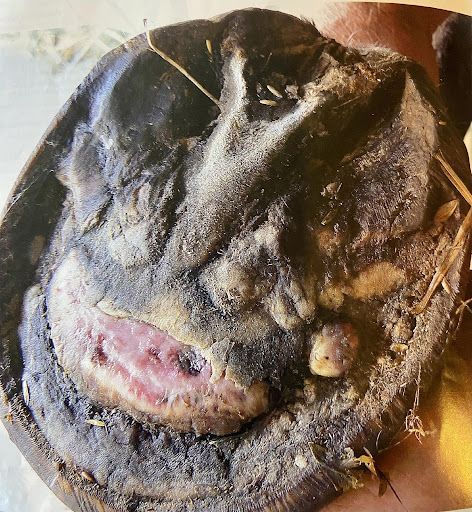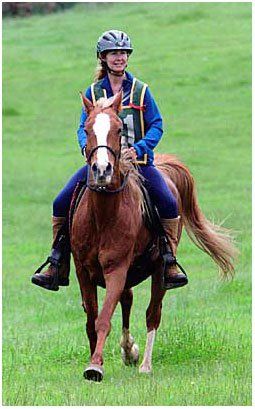NO ONE CAN TEACH YOU MORE ABOUT HORSES HOOVES THAN THE HORSE
Wild About Hooves • 6 October 2014
Horses will tell you loud and clear how well you’re trimming, you just have to listen and watch carefully. If you’re out riding and your horse is travelling the best ever, jump off and check his hooves and aim to trim to maintain them how he likes them. It’s that easy. After all – the horse is the best critic of your work. If he hobbles off after your trim, then you have been too invasive. With a natural maintenance trim your horse should feel better after a trim not sensitive.
The truth is, natural hoof care advocates who abide by the wild horse as model to trim to, have a goal to work toward or a blueprint to fall back on. They do not promote solar loading or excessive bevelling of the wall or invasive trimming of the bars and sole. In fact, that sort of trim violates everything. It compromises the horses comfort and your time horsing around.
There is a lot of confusion and conflicting information mainly delivered by scientists seeking the ”optimal morphometric model” Your guide should always be the wild horse and the truth stands before you – your own horse on his sound hooves.
Photo – desert brumby hoof by Marg Richardson – and photo 2 of me and my horse, Imaj Zamir clocking up 4000 successful kilometres in Endurance barefoot.

Laminitis kills thousands of horses every year, and leaves thousands of others debilitated with lameness. It will and can affect any horse. And for you, the horse owner it can be devastating: you feel guilty and heartbroken at your horses suffering, confused with all the information as it is typically explained by professionals in scientific terms that can be difficult to understand, costly veterinary bills and you have the major task of nursing your horse back to recovery. . Unseasonal weather patterns around Australia with abundant rain and sunshine saw laminitis at a near epidemic last year. The reason being, that the environmental conditions can trigger increases in the sugar, starch and fructan. These collectively known as non-structural carbohydrates can cause laminitis in any horse or pony. Alarm bells ring this spring!! Be warned and be prepared, for prevention is better than cure.

The extraordinary relationship between humans and the horse has been running since before the birth of Christ. Indeed, there is evidence our domestication of horses goes as far back as 3500 BC. And ever since we recognised the utilitarian value of the horse, there has been the horseshoe. The use of horseshoes has become an almost unquestioned tradition. Humans have been nailing shoes onto horses’ hooves for well over a thousand years. Who can remember back to a time otherwise?


